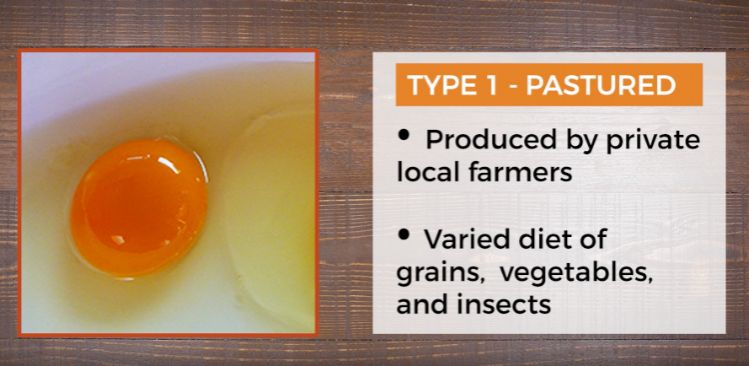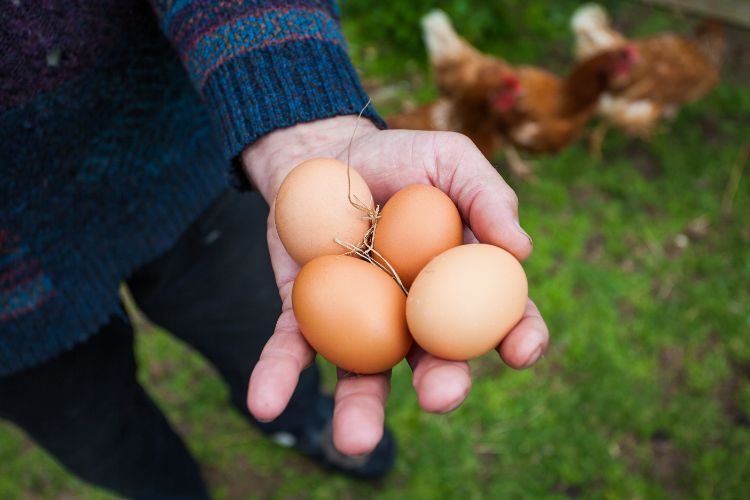The color of the yolk indicates the type of hen.
When you open an egg, you never know what you will find. We all hope that nothing is out of the ordinary, but one thing that is often overlooked when examining the contents of a freshly opened egg is the color of the yolk.
It should certainly be pale yellow, but are we paying enough attention to the yellowness of the yolk? Research suggests that this detail is more important than you might think.
The color of egg yolks tends to vary by region of origin. This is not a coincidence. The color of the yolk is a direct reflection of the nutrients the hen has eaten, which also determines its intake.
Pasture Eggs – Type 1

The darker the yolk color, the more nutrients it contains. This is likely due to the fact that free-range hens are fed a healthier and more diverse diet, which sometimes includes insects and vegetables as well as corn and grains. Free-range eggs are the most nutritious of the three types.
Caged Eggs – Type 2

Poultry feed of wheat and barley lightens the color of the chicken eggs. It is the least nutritious of the three types.

Most eggs sold in supermarkets are factory-farmed, the hens eat only grain, and our diets are restricted. While not entirely harmful in and of itself, these pale yellow eggs are much less effective in providing the expected nutrients.
Free-range eggs – Type 2

Free-range eggs are more nutritious than caged eggs. They come from chickens whose staple diet is grain and some insects. These eggs are less nutritious than free-range eggs.
Free-range eggs vs. factory-farmed products

They differ from diets high in vitamin A, which strengthens bones and eyes, vitamin E, which improves circulation and prevents oxidation, and omega-3 fatty acids, which lower cholesterol and blood pressure. They also contain far less saturated fatty acids and cholesterol than factory-farmed eggs, and are superior in every way except price. It’s a worthwhile expense, don’t you think?
Share this article with your friends and let them know about the advantages of darker, factory-farmed eggs.
What about the color of the eggshells?

Have you noticed that brown-shell eggs are slightly more expensive than white-shell eggs? If you were fooled like me, you might think that brown-shell eggs are somehow more “natural,” and you might be convinced that they are more expensive. Therefore, you may unintentionally buy brown-shelled eggs.
In fact, the color of the eggshell depends entirely on the breed and color of the hen that lays the eggs. In commercial breeds, hens with white feathers and earlobes lay white eggs, while hens with red feathers and earlobes lay brown eggs. Some hens even lay green and blue eggs.
So why the difference in price? Breeds such as Rhode Island Red, New Hampshire, and Plymouth Rock are red hens that lay brown eggs. Because these breeds have slightly larger hens, they require more feed and farmers spend more to keep them full and healthy. As a cost of raising larger hens, the price of brown eggs is slightly higher.
I hope this article has cleared up any misconceptions you may have had about egg yolks. Please be advised that yolk color has nothing to do with taste or nutritional value.
However, color is the spice of life, so be adventurous and choose a variety of eggs.










